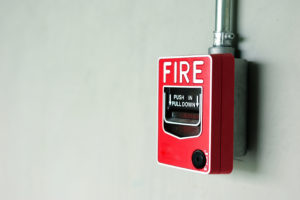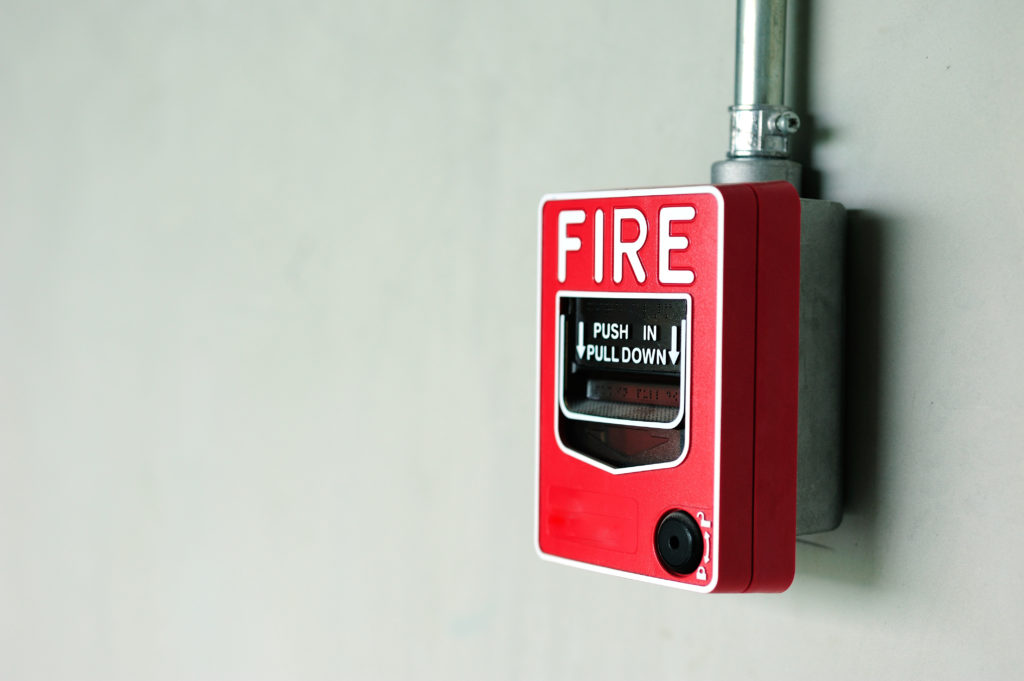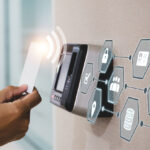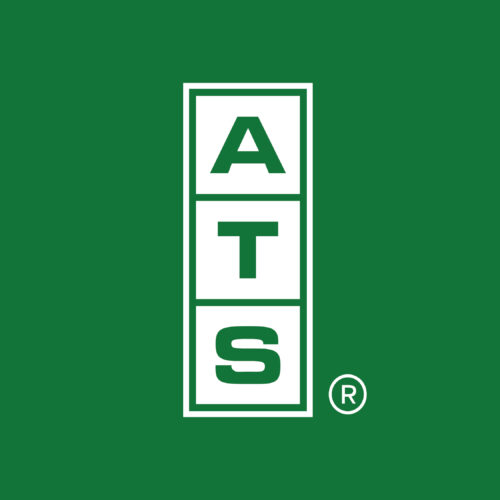Ensuring that your commercial space is protected is of the upmost importance. It is imperative that this system not only follows all mandated codes and regulations, but also takes the extra steps that will help to further protect your property and employees. Simply installing a sprinkler system and calling it a day may not be enough.
Commercial Fire Alarm System Components
It is important that you understand the basic elements of your commercial fire alarm system and how they work together to make your commercial space a safe working environment. Here are the five basic aspects of these systems:
- Fire Alarm Panel – Think of the fire alarm panel as the “brain” of the whole fire alarm system. This device is connected to everything else in the system and monitors every device. It then relays information between the devices while also monitoring the integrity of the system and output for any signs of smoke or a fire.
- Initiating Devices – Better known as the actual “fire alarm,” the initiating devices is connected to your fire alarm panel. There are two different kinds of monitoring devices: automatic and manual. When they are initiated, the devices alert building occupants of any danger through auditory and/or visual stimuli of the notification device. As the name suggests, manual devices must be pulled in order to be activated, while automatic devices respond when they come into contact with the smoke and heat associated with a fire.
- Primary Power Supply – The primary source of power for your commercial fire alarm system is the main power source for the building itself. The power company will normally install and control a dedicated circuit for this system.
- Secondary Power Supply – In the event of an outage or storm, your fire alarm system will rely on a back-up secondary power supply. This usually consists of an emergency generator, batteries, or another emergency power device. This power supply is only engaged when the primary supply cuts out or fails to ensure that your fire alarm system is still running even when the power isn’t on.
- Notification Devices – From loud sirens, to horns and strobe lights, there are several different types of notification devices available for your commercial fire protection system. These devices alert the building’s occupants that there is a fire and to evacuate.
Each of these components are part of an efficiently designed fire alarm system that will keep your employees and property safe. At A Total Solution, Inc., we offer installation, inspections, monitoring, and repairs for commercial fire alarm systems. Contact us today at (727) 428-1306 for a FREE consultation!














